Vinyl Tile in Kitchen
oyiwaanoela
9 years ago
Related Stories
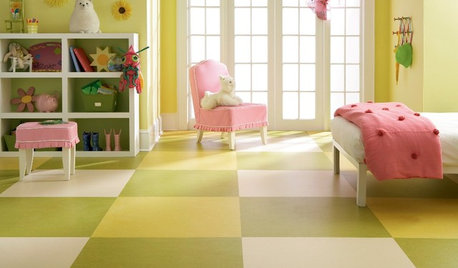
REMODELING GUIDESThe Case for Linoleum and Vinyl Floors
Have pets, kids and a tight budget? Easy-care resilient floors may be the choice for you
Full Story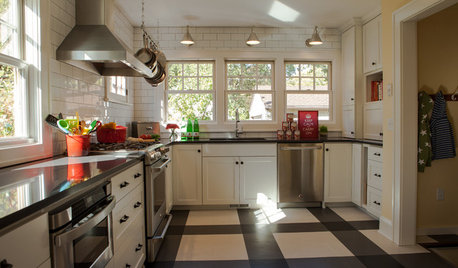
KITCHEN DESIGNKitchen of the Week: Drab and Dysfunctional to Radiant in Minnesota
Clunky storage and lackluster floors get nixed in favor of open shelves, plaid vinyl and an effective kitchen work triangle
Full Story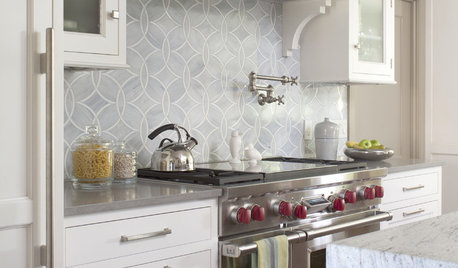
KITCHEN DESIGN8 Top Tile Types for Your Kitchen Backsplash
Backsplash designs don't have to be set in stone; glass, mirror and mosaic tiles can create kitchen beauty in a range of styles
Full Story
KITCHEN BACKSPLASHESHow to Install a Tile Backsplash
If you've got a steady hand, a few easy-to-find supplies and patience, you can install a tile backsplash in a kitchen or bathroom
Full Story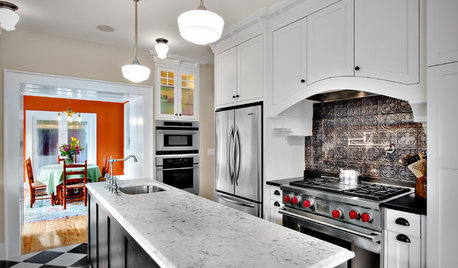
KITCHEN DESIGN8 Statement-Making Kitchen Backsplashes Beyond Basic Tile
Look to metal, glass and even wooden crates for an attention-getting backsplash that might even save you some money
Full Story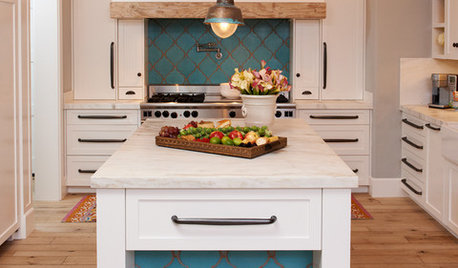
KITCHEN DESIGN10 Gorgeous Backsplash Alternatives to Subway Tile
Artistic installations, back-painted glass and pivoting windows prove there are backsplash possibilities beyond the platform
Full Story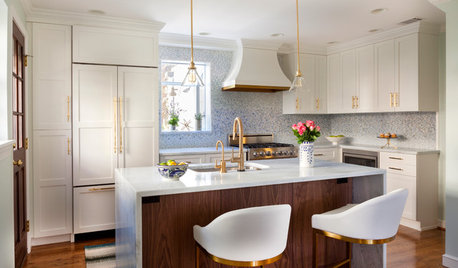
KITCHEN DESIGNCouple Renovates to Spend More Time in the Kitchen
Artistic mosaic tile, custom cabinetry and a thoughtful layout make the most of this modest-size room
Full Story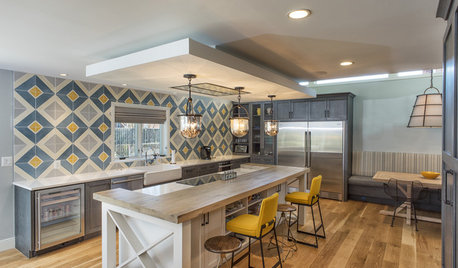
KITCHEN DESIGNKitchen of the Week: Tile Sets the Tone in a Modern Farmhouse Kitchen
A boldly graphic wall and soft blue cabinets create a colorful focal point in this spacious new Washington, D.C.-area kitchen
Full Story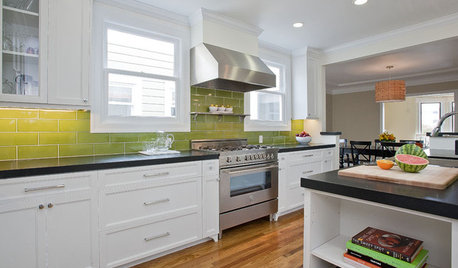
KITCHEN DESIGNCloser Look: Faux Ombre Kitchen Tile
See how this green-apple colored backsplash gets its extra shine
Full StoryMore Discussions






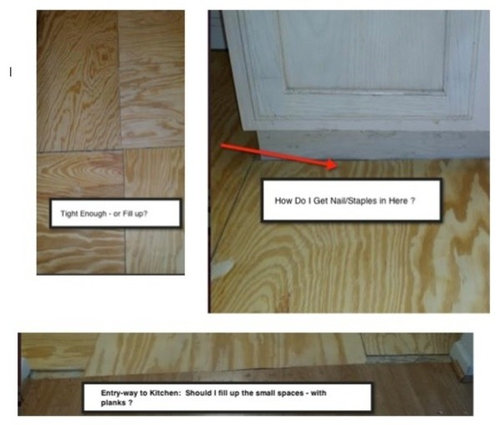

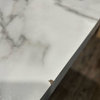



amberm145_gw
athomesewing
Related Professionals
El Dorado Hills Kitchen & Bathroom Designers · Midvale Kitchen & Bathroom Designers · Wentzville Kitchen & Bathroom Designers · Waianae Kitchen & Bathroom Designers · Pearl City Kitchen & Bathroom Remodelers · Sicklerville Kitchen & Bathroom Remodelers · Sioux Falls Kitchen & Bathroom Remodelers · South Jordan Kitchen & Bathroom Remodelers · Beaumont Cabinets & Cabinetry · Hammond Cabinets & Cabinetry · Tacoma Cabinets & Cabinetry · Green Valley Tile and Stone Contractors · Scottdale Tile and Stone Contractors · Honolulu Design-Build Firms · Mililani Town Design-Build Firmslive_wire_oak
Vertise
lavender_lass
oyiwaanoelaOriginal Author
pricklypearcactus
kirkhall
phidauex